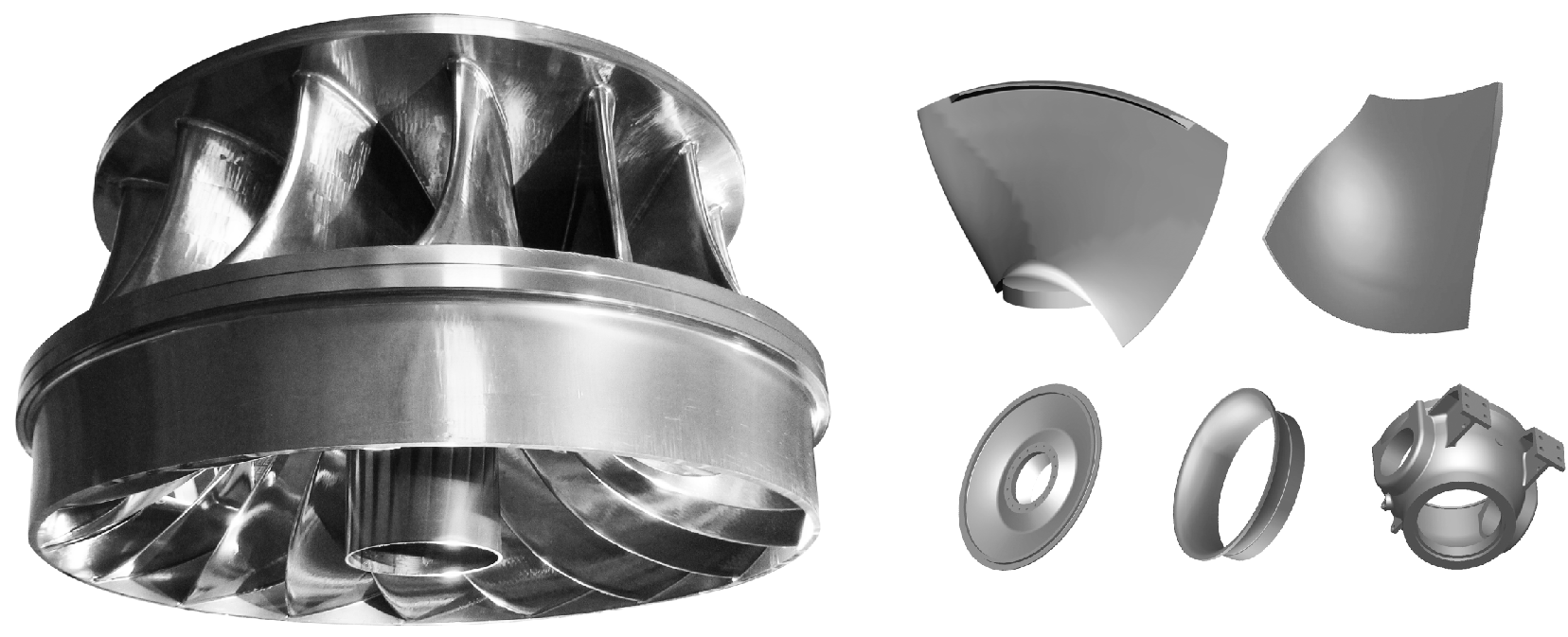E-mail-formatfejl
emailCannotEmpty
emailDoesExist
pwdLetterLimtTip
inconsistentPwd
pwdLetterLimtTip
inconsistentPwd

Nyheder
8 Skills for Optimizing the Design of CNC Machining Parts
CNC processing technology is widely used in the production of customized processing parts, with high strength and small tolerance. It is a fast and cost-effective method to manufacture prototypes and mass-produced parts. The optimized design of CNC machining parts will help to speed up production time and save costs at the same time.

To comprehensively optimize the design of CNC machined parts, you should check the following design tips:
- Inner corner of the circle
CNC machining tools (such as end mills or milling cutters) will leave a circular inner corner. The corner radius can be reduced by using smaller diameter machining tools, but it requires smaller tools to process materials and more tool travel - usually at a lower speed to reduce the risk of deflection or tool breakage - resulting in more machining time.
Therefore, we recommend adding an inner corner radius of at least 1/3 of the cavity depth and using the same radius on all inner edges, which will help eliminate tool replacement, which will increase complexity and significantly increase the running time.
- Avoid deep cavities
The cutting length of end milling cutters is limited, and they usually have the best effect when the cutting depth is up to 2-3 times its diameter. To minimize the cost, we recommend limiting the cavity depth to 4 times the tool diameter to ensure good results. Since special tools or multi-axis CNC systems are required, any operation greater than this value will increase the cost.
If you need a larger cavity depth, consider designing a part with a variable cavity depth.
- Increase the thickness of the thin wall
CNC parts with thin walls tend to vibrate, which will slow down the processing speed. They can also cause deformation, making it difficult to machine accurately. The result may be additional machine time and cost.
To maintain low processing costs, the minimum width of thin-walled metal parts should be 0.8mm, and the minimum width of plastic parts should be 1.5mm.
- Optimize the depth of the threaded hole
About threaded holes, bolts can hardly be tightened by increasing the length of threads in the holes. It was only the first two or three laps that completed all the work. Deeper will only increase the risk of tap breakage and increase the time of tapping operation.
Therefore, we do not recommend that the thread be kept at more than 3 times the hole diameter. Generally, the thread length is 1.5x to 3x of the hole diameter.
- Restrict the use of strict tolerances
Usually, several surfaces of a part are critical to its function. The more features with strict tolerances.
The more expensive the parts are made. Because it increases the processing time and cost.
Therefore, we suggest that strict tolerances should be allocated only to some key features and surfaces, and other less important features should be controlled by a standard tolerance of ± 0.125 mm, which is sufficient for these features.
- Reduce small features
Small features such as micropores (less than 2.5 mm in diameter) will increase processing difficulty and processing time, so they should be avoided unless necessary.
- Split complex parts
The cost of processing multiple simple parts is lower than that of processing a complex part. Especially for parts with deep pockets, it takes hours of processing time to remove materials, plus additional material costs. Most stores charge extra for more complex parts. This is because if errors occur, it is more expensive to redo a complex part than to do a simple part.
Therefore, we suggest splitting the complex parts into simple parts and assembling them as much as possible.
- Standard size design hole
Holes can be quickly and accurately machined with standard drills. It does not need end mills or reamers to complete the hole size to non-standard size. This will help reduce processing time and costs. In addition, limit the depth of all holes to 4 times their diameter.
Searching for a cnc machining parts, cnc machining parts manufacturer, cnc machining parts service supplier, wholesaler, manufacturer from China, you can get high-quality products at a nice price.

